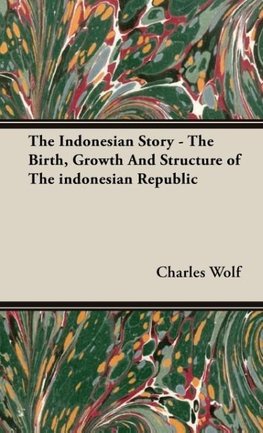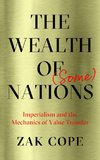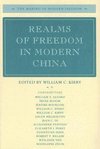
-
 Anglický jazyk
Anglický jazyk
The Indonesian Story - The Birth, Growth And Structure of The indonesian Republic
Autor: Charles Wolf
THE INDONESIAN STORY- The Birth, Growth and Structure of the Indonesian Republic. PREFACE: It is not surprising that the islands of the Indies have more than once been referred to as the cultural melting pot of Asia. The founding of the Hindu kingdom of... Viac o knihe
Na objednávku, dodanie 2-4 týždne
38.07 €
bežná cena: 42.30 €
O knihe
THE INDONESIAN STORY- The Birth, Growth and Structure of the Indonesian Republic. PREFACE: It is not surprising that the islands of the Indies have more than once been referred to as the cultural melting pot of Asia. The founding of the Hindu kingdom of Taruma in Western Java brought the rich heritage of ancient India to Indonesia over 1200 years ago. Later, pilgrims from India introduced Gau tamas teachings to the islands, and in the 8th and 9th centuries Buddhism reached its apogee with the hegemony of the Sumatran Empire of Shrivijaya. The remarkable Borobodur, with its countless carved stone figures of the Buddha, still stands in Middle Java as a monument to Buddhist art. In the 14th century the Madjapahit Empire, extending from New Guinea in the East to Sumatra in the West, brought about a fusion of the Brahman-Buddhist strains in Indonesian culture. Madjapahit later fell before the crusading vigor of Islam. By the end of the 15th century Mohammedanism had been accepted in all of Java and thence it spread to other parts of the archipelago. The acceptance of Islam was in many cases merely nominal. To this day Hindu influence remains in Indonesia as a sort of subtle pantheism, combined with a naturalist paganism in the more remote parts of the islands. In Bali and several of the remoter parts of Indonesia, Islam has never been adopted. There the Brahman-Buddhist-naturalist traditions have endured to the present day, still basically unchanged. Western penetration into Indonesia began in the 16th century with the arrival of the Portuguese, who were ousted in 1595 by the Dutch. Gradually bringing the outer islands under formal control, the Dutch erected a colonial structure which was to last until World War II. But as the Dutch colonial structure matured, Indonesian nationalism evolved. The nationalist movement gathered increasing momentum after the turn of the century. When the Japanese occu pied the islands at the start of 1942, it grew at an accelerated pace and with Japans surrender, the nationalists prepared for what they hoped would be a new era in Indonesias history. On August 17 1945, the Republic of Indonesia proclaimed its independence. This is where the present book begins. For the people of Indonesia, the surrender of the Japanese to the Allies meant the beginning rather than the end of war or more pre cisely, it meant the beginning of their war and the end of a foreign war. They had been affected by World War II. It had been waged partly on their lands and seas. They had suffered during four years under a Japanese misrule harsher than anything they had expe rienced during three hundred and fifty years of Dutch colonialism. But in Indonesia, and the other areas of Southeast Asia, the people had never really become a party to or partisans of the war. There were small pro-Ally resistance groups in Indonesia, and a few ardent Japanese supporters as well. But in general, World War II remained for the people of Indonesia a struggle among alien forces. During the Japanese occupation, the seeds of Indonesian national ism burgeoned. To some degree this was the result of Japanese propaganda. To a larger degree it was independent of Japanese in fluence and quite often a reaction against it. Starting from the as sumption that the Japanese overlord was only a temporary master, the intellectual leaders of the nationalist movement in Indonesia began to prepare for their real problem resistance to a post-war restoration of colonialism...
- Vydavateľstvo: France Press
- Rok vydania: 2008
- Formát: Hardback
- Rozmer: 222 x 145 mm
- Jazyk: Anglický jazyk
- ISBN: 9781443722315






 Ruský jazyk
Ruský jazyk 





